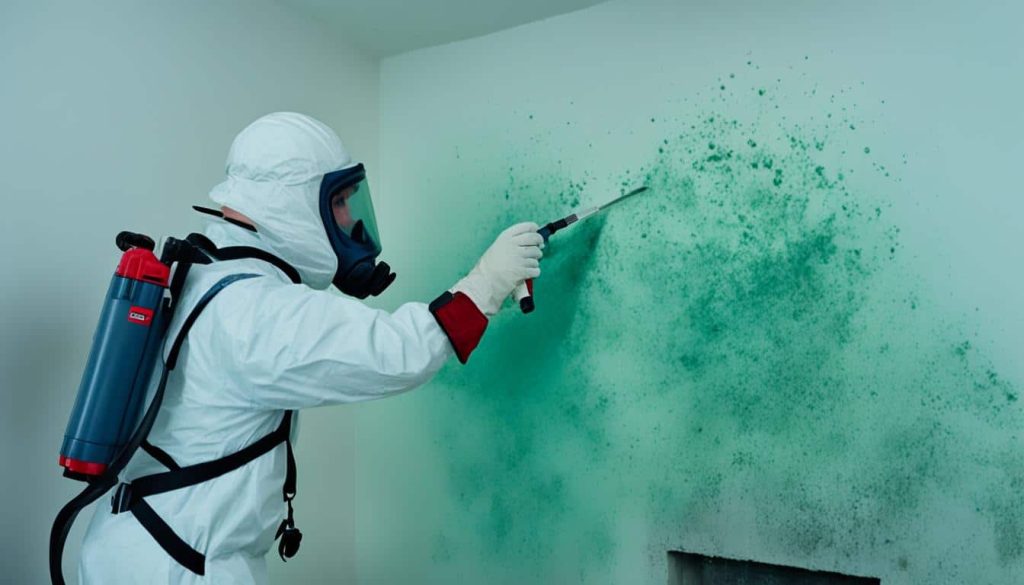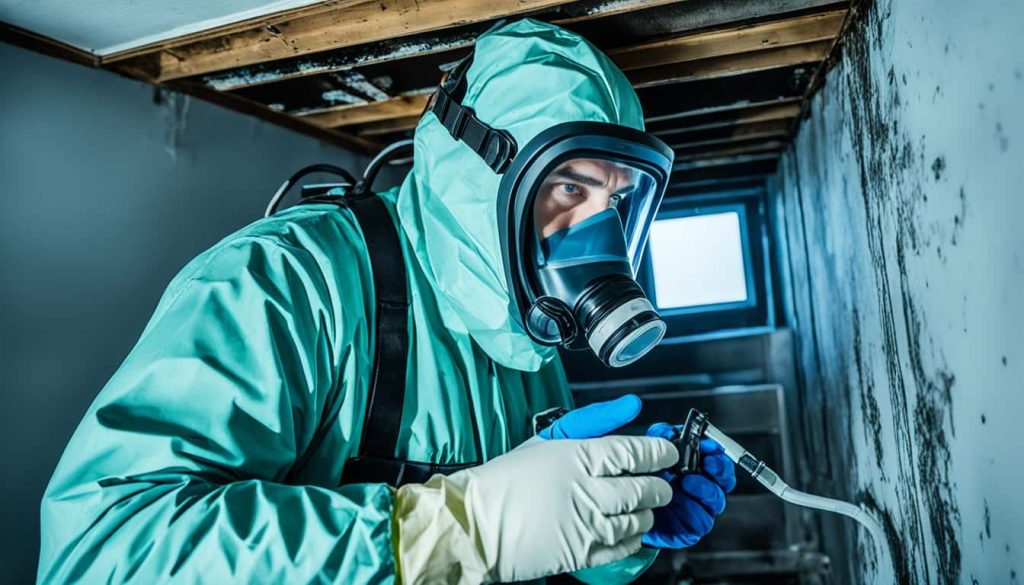Introduction To Mold Series: In recent years, a growing body of evidence has illuminated the direct correlation between mold exposure and a range of health problems. As someone fortunate enough to possess the necessary resources and expertise, I am committed to assisting those at risk. My experience spans several years, during which I have refined my skills in identifying and addressing mold-related issues. I have worked with families, business owners, municipalities, and even the United States Army.
My acute sense of smell has proven invaluable in both commercial and residential settings, enabling me to successfully locate and eradicate mold. This article aims to address some of the most common questions related to mold and its impact on health.
Array of Solutions, a trusted name in mold removal in Greenville South Carolina since 2007, stands ready to tackle your mold woes. With our expert mold inspection Greenville services and EPA-Registered credentials, we’re equipped to detect, remove, and prevent mold growth in your home or business.
Table of Contents
Introduction To Mold Series: Is Mold Found Everywhere, and Are All Molds Harmful?
The average person encounters over 200 types of mold every day. While most molds are harmless, some can pose significant health risks. According to the Environmental Protection Agency (EPA), ‘bad’ mold—those that can lead to adverse health effects—should be managed with caution. It is advisable to have these types of mold treated and tested by trained professionals to mitigate potential risks.

What Are Some Examples of ‘Bad’ Mold, and What Makes Them Dangerous?
One of the most notorious types of harmful mold is Stachybotrys (pronounced: Stachy-bot-ris), commonly referred to as ‘Black Mold.’ It is crucial to understand that not all black mold is Stachybotrys, and not all Stachybotrys is black in color. Stachybotrys thrives on wet cellulose surfaces with low nitrogen content. It prefers environments with a median humidity of 55% or higher and fluctuating temperatures.
Common substrates for this mold include decaying plant matter, decomposing hay or straw, mulch, wicker, straw baskets, and cellulose-based materials like drywall paper, wood, air filters, ductwork, registers, ceilings, and oriented strand board (OSB). Stachybotrys can be found in various locations including crawl spaces, basements, bedrooms, living rooms, bathrooms, and garages. It can grow in both indoor and outdoor environments and can be present at all levels of a building.
My professional experience has revealed the severe health effects associated with exposure to Stachybotrys. One particularly troubling case involved a home that was eventually condemned. Nine children, who were being homeschooled in this environment, exhibited alarming symptoms upon my arrival. They had red sores near their lymph nodes, scaly peeling skin, runny noses, and persistent coughs.
Further investigation indicated that chronic exposure to the toxins produced by this mold led to symptoms resembling cold and flu, sore throats, diarrhea, headaches, fatigue, dermatitis, intermittent hair loss, and general malaise.
The toxins from Stachybotrys have been shown to suppress the immune system, impacting lymphoid tissue and bone marrow. Animal studies have demonstrated severe effects from these toxins, including necrosis and hemorrhage in various organs such as the brain, thymus, spleen, intestines, lungs, heart, lymph nodes, liver, and kidneys. In humans, inhalation of these toxins can lead to pneumomycosis, a condition affecting the lungs.

The Fundamental Role of Moisture in Mold Proliferation
Although detecting and visualizing mold can be challenging, one fundamental truth remains: mold needs moisture to thrive. Without a source of water or high humidity, mold cannot proliferate. Therefore, managing moisture levels and promptly addressing water issues are critical steps in preventing mold growth.
In future discussions, I will delve deeper into various aspects of mold management, including strategies for prevention and effective remediation techniques. Ensuring a thorough understanding of mold and its implications can significantly impact the health and safety of those exposed.
Stay tuned for more insights on this important topic.
